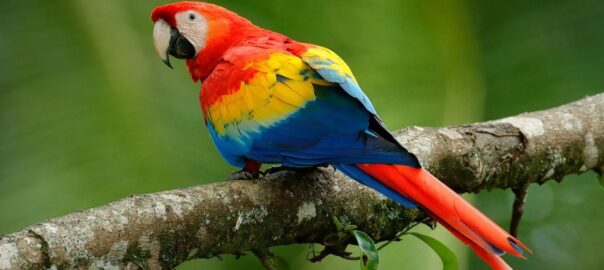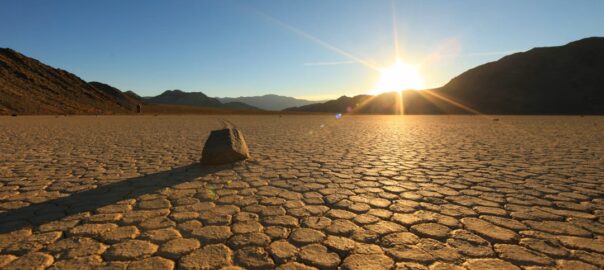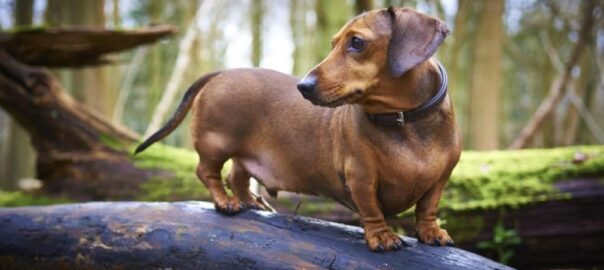The American Mustang, a symbol of the wild west and untamed spirit, is more than just a horse; it’s a living testament to history, adaptation, and the enduring power of the natural world. Often romanticized in popular culture, the Mustang’s story is a complex tapestry woven with threads of Spanish exploration, Native American tradition, and the ever-changing landscape of the American frontier.
From Iberian Shores to the American Plains:
The Mustang’s lineage traces back to the horses brought to the Americas by Spanish explorers, conquistadors, and settlers starting in the 15th century. These horses, largely of Iberian descent (including breeds like the Andalusian, Barb, and Arabian), were well-suited for long journeys and harsh conditions. As Spanish settlements expanded, horses inevitably escaped or were released, beginning their journey toward becoming the wild horses we know today.
These horses thrived in the vast, open grasslands of North America. They adapted to the environment through natural selection, developing hardy hooves, a resilient constitution, and keen survival instincts. Over time, they spread throughout the western territories, encountering and sometimes interbreeding with other escaped domestic horses from various European backgrounds. This mixing of breeds contributed to the diverse physical characteristics seen in Mustangs today.
A Partnership with Native Americans:
The arrival of the horse revolutionized the lives of many Native American tribes of the Great Plains and beyond. The Mustang became an integral part of their culture, transforming hunting practices, warfare, and daily life. Horses provided mobility, allowing tribes to follow migrating buffalo herds more efficiently. They also became symbols of wealth and status. The partnership between Native Americans and Mustangs was a powerful force in the shaping of the American West, and many indigenous tribes developed expert horsemanship skills and a deep understanding of the animals.
The Wild West and Beyond:
The 19th century witnessed the peak of the Mustang population. They roamed freely across the plains, a vital part of the ecological balance. However, the westward expansion of European settlers brought new challenges. Mustangs were often viewed as competition for grazing land and were hunted for meat and sport. The population began to decline drastically.
By the mid-20th century, the Mustang population had dwindled to alarming levels, facing near extinction. This sparked a growing concern for their survival. Activists like Velma Bronn Johnston, “Wild Horse Annie,” spearheaded a national movement to protect these iconic animals.
Protecting a Legacy: The Wild Free-Roaming Horses and Burros Act:
In 1971, the U.S. Congress passed the landmark Wild Free-Roaming Horses and Burros Act. This legislation declared wild horses and burros to be “living symbols of the historic and pioneer spirit of the West” and mandated their protection on federal lands. The Bureau of Land Management (BLM) was tasked with managing and maintaining healthy populations of these animals.
Challenges and Conservation Efforts:
Despite the protection offered by the 1971 Act, the Mustang continues to face challenges. Overpopulation in some areas leads to habitat degradation and competition for resources. The BLM employs various management strategies, including roundups, adoptions, and fertility control, to maintain sustainable population levels.
Adopting a Mustang offers a unique opportunity to connect with the history and spirit of the American West. These intelligent and resilient horses can become loyal and rewarding partners with proper training and care.
The Mustang Today:
Today, the Mustang population continues to be a subject of debate and ongoing conservation efforts. These magnificent animals remain a symbol of freedom, resilience, and the enduring power of nature. Understanding their history and the challenges they face is crucial to ensuring their survival for generations to come. By acknowledging their unique heritage and supporting responsible management practices, we can help preserve the Mustang as a living legacy of the American West.









